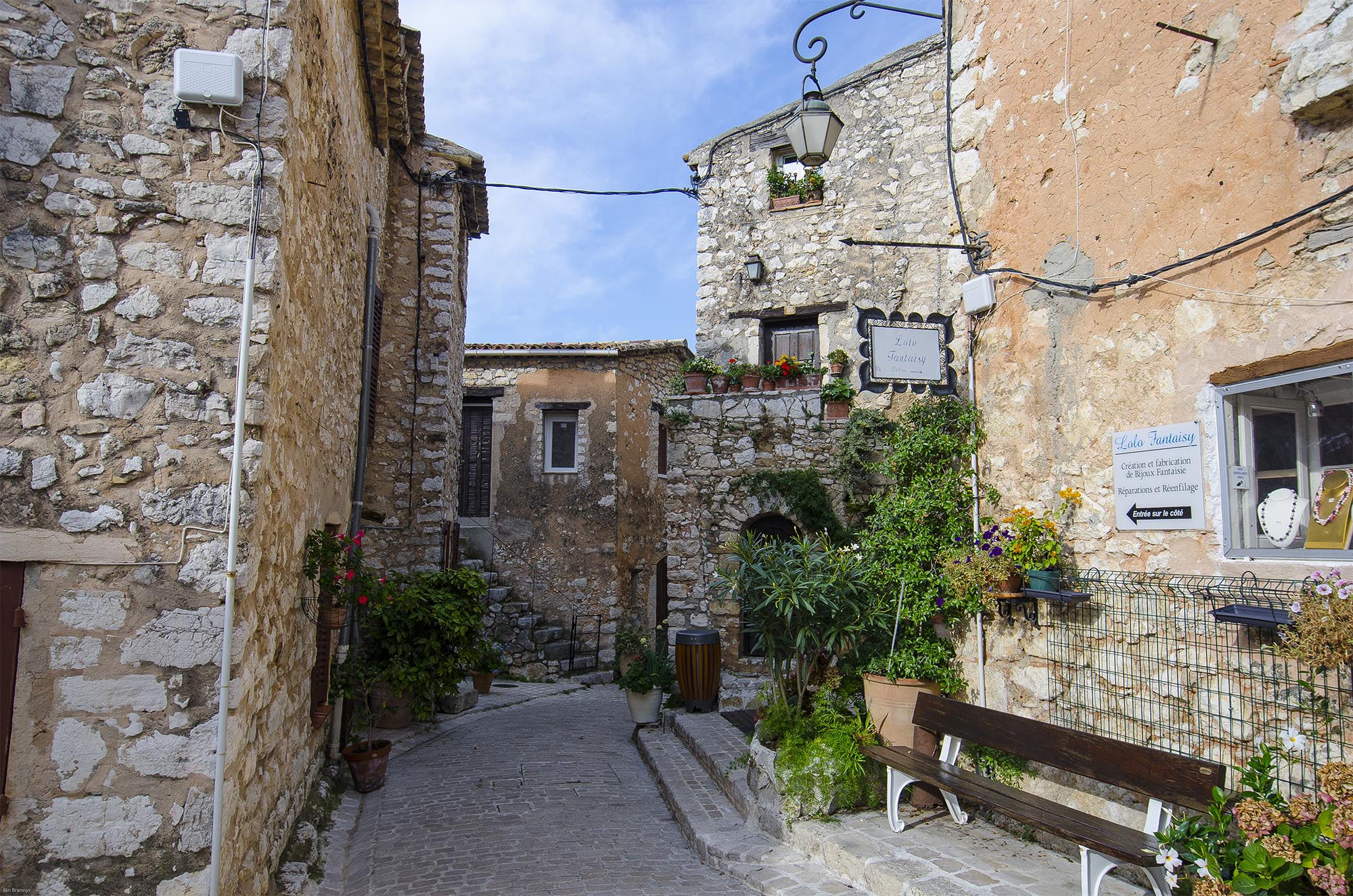The French Riviera is one of the most sought-after holiday destinations. Beautiful sandy beaches, fantastic summer weather and with many shops and restaurants to visit, it’s no wonder it makes for a perfect getaway.
However, the French Riviera is home to a whole host of history, and exploring its museums, art galleries and historic hilltop towns is a must-do during a visit to the area.
Where did the name French Riviera and Côte d’Azur come from?
There is much history to the name “French Riviera” or “Côte d’Azur”.
“Riviera” means “coastline” in Italian and therefore in English the “French Riviera” describes the area along the Mediterranean in the South of France.
The “Côte d’Azur” was actually given its name by Stephen Liegeard in his book La Côte d’Azur which he published in December 1887. He called it this because of the azure blue colour of the Mediterranean, and the gold of Côte-d’Or, which is where he grew up in Dijon.
Popularity with the British upper class in the 18th and 19th centuries
The French Riviera first started to receive popularity from the British when novelist Tobias Smollett was the first to write about its health benefits. Scottish doctor, John Brown soon followed by prescribing it as what he called climato-therapy, a change in climate to cure a number of diseases. The French Riviera then very quickly became a fashionable health resort for the British upper class and Cannes soon had a small British enclave.
Gambling and Royalty
British and French entrepreneurs began to see the potential tourism in the French Riviera. At the time, gambling was illegal in France and Italy, however, the then Prince of Monaco, Charles III, started constructing a casino in 1856. The casino was unsuccessful but the prince entered into an agreement with the French businessman, Francois Blanc, in 1863 to construct another resort and casino. Francois Blanc built steamships and carriages to take people from Nice to Monaco and constructed hotels and gardens.
In the late 1800s, due to the rising popularity of the French Riviera, it started becoming more noticed by the Royals. Queen Victoria was a frequent visitor, spending several weeks at a time, including at the Grand Hotel in Grasse. She would bring with her 60-100 staff and even the Excelsior Hotel Regina designed part of their hotel just for her (which then became the home and studio of artist Henri Matisse).
Art and Painters
The vivid colours of the Mediterranean attracted many well-known artists during the 19th and 20th century.
Henri Matisse (1869-1954) lived in Nice and along with Pablo Picasso, is thought to be one of the key artists who helped to define the revolutionary developments in painting and sculpture in the twentieth century. During his time in Nice (1917 onwards), his style became more relaxed and he gained his place in the classical tradition of French painting. Whilst his work was popular, a lot of critics found it to be shallow and decorative.
Pablo Picasso (1881-1973), like so many other artists, fell in love with the beautiful towns of the French Riviera and spent much of his summers there. He left his mark in many of the towns and his work features in multiple museums in the French Riviera.
After World War Two, Picasso moved to the old town of Antibes, where a friend helped him to find accommodation and a studio in the former castle called the Grimaldi Chateau. Picasso promised to fill the building with his paintings and when he left Antibes, he donated most of his work created there to the town.
Today the Chateau is now the Antibes Picasso Museum; most of the artwork was donated by Picasso himself but it has also been filled with other donations. The museum opened its doors to the public in 1966.
Published 20th January 2021

